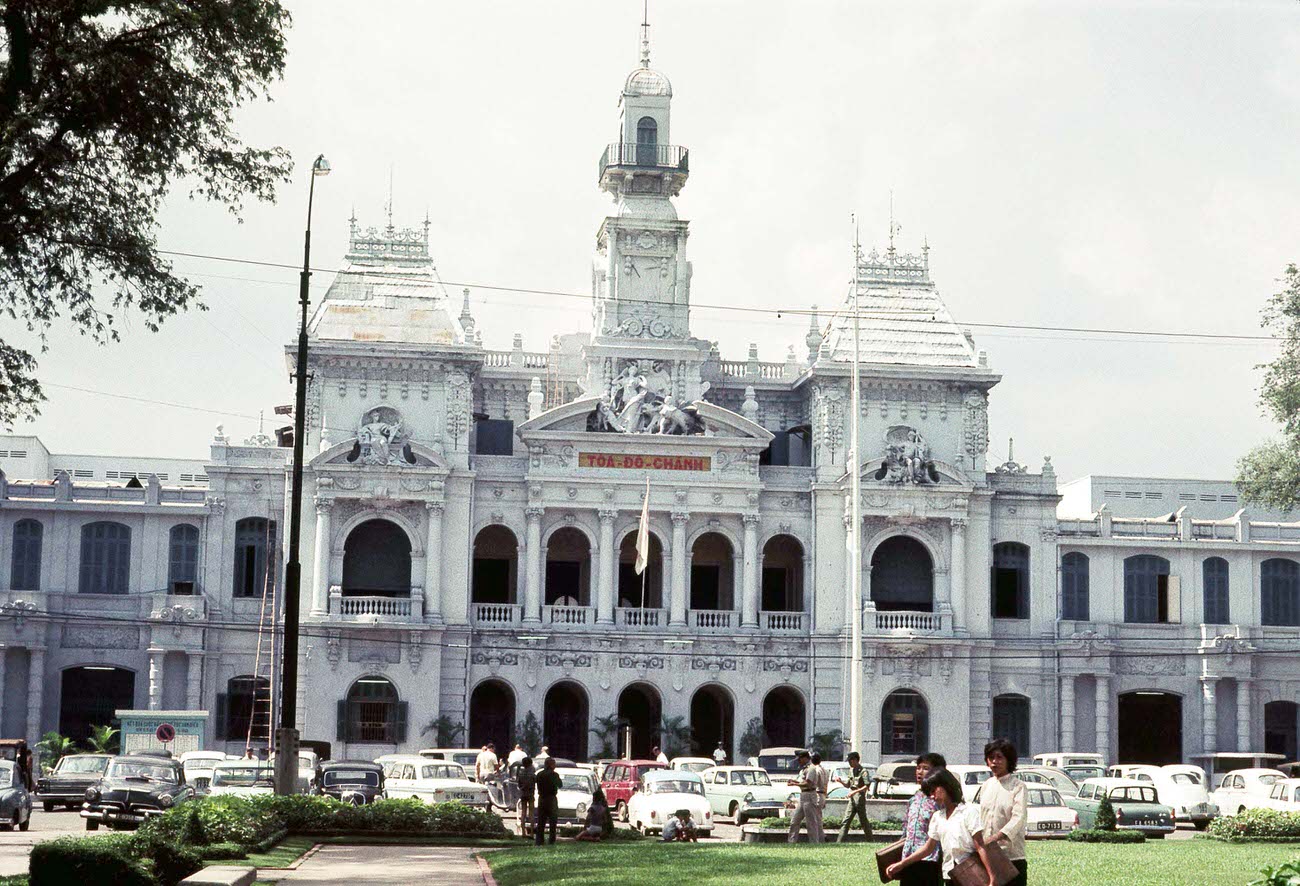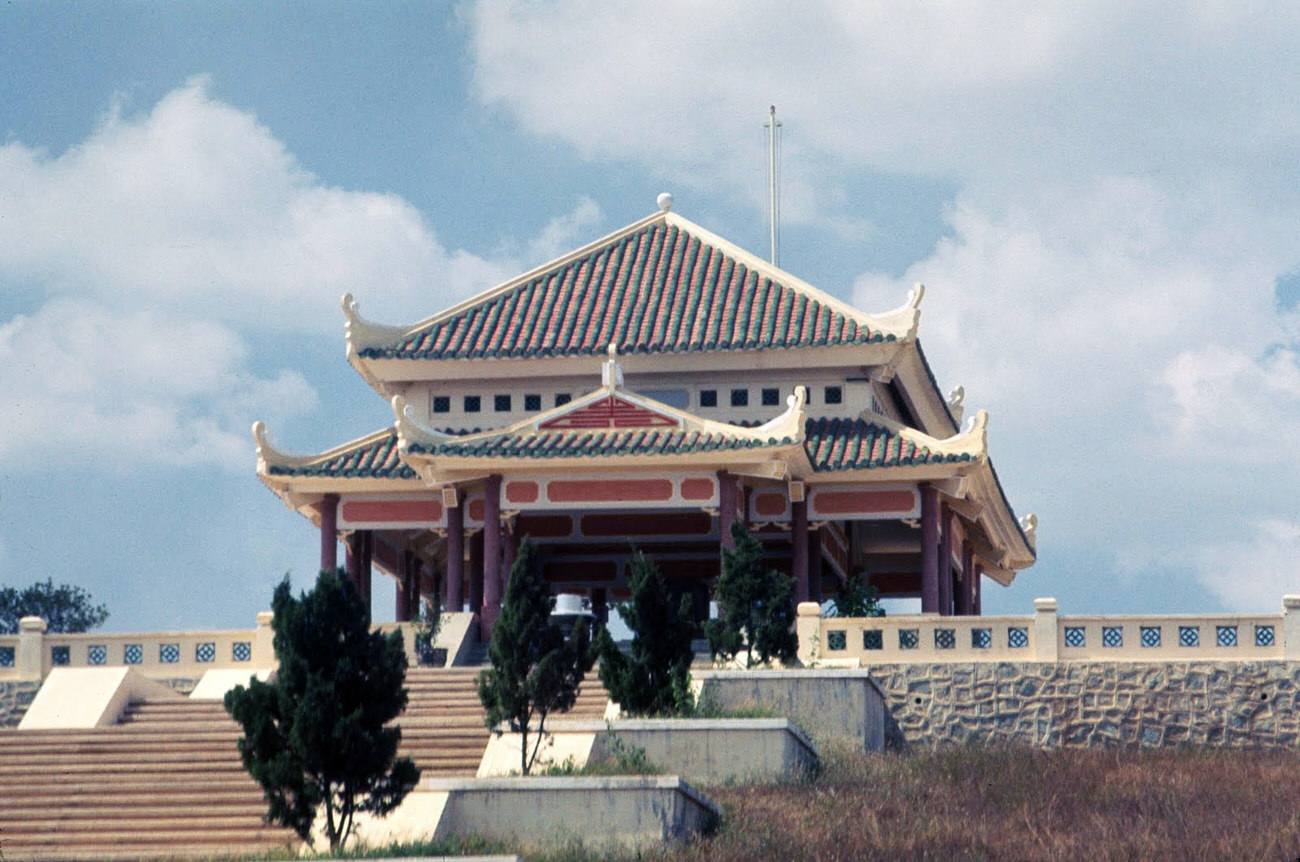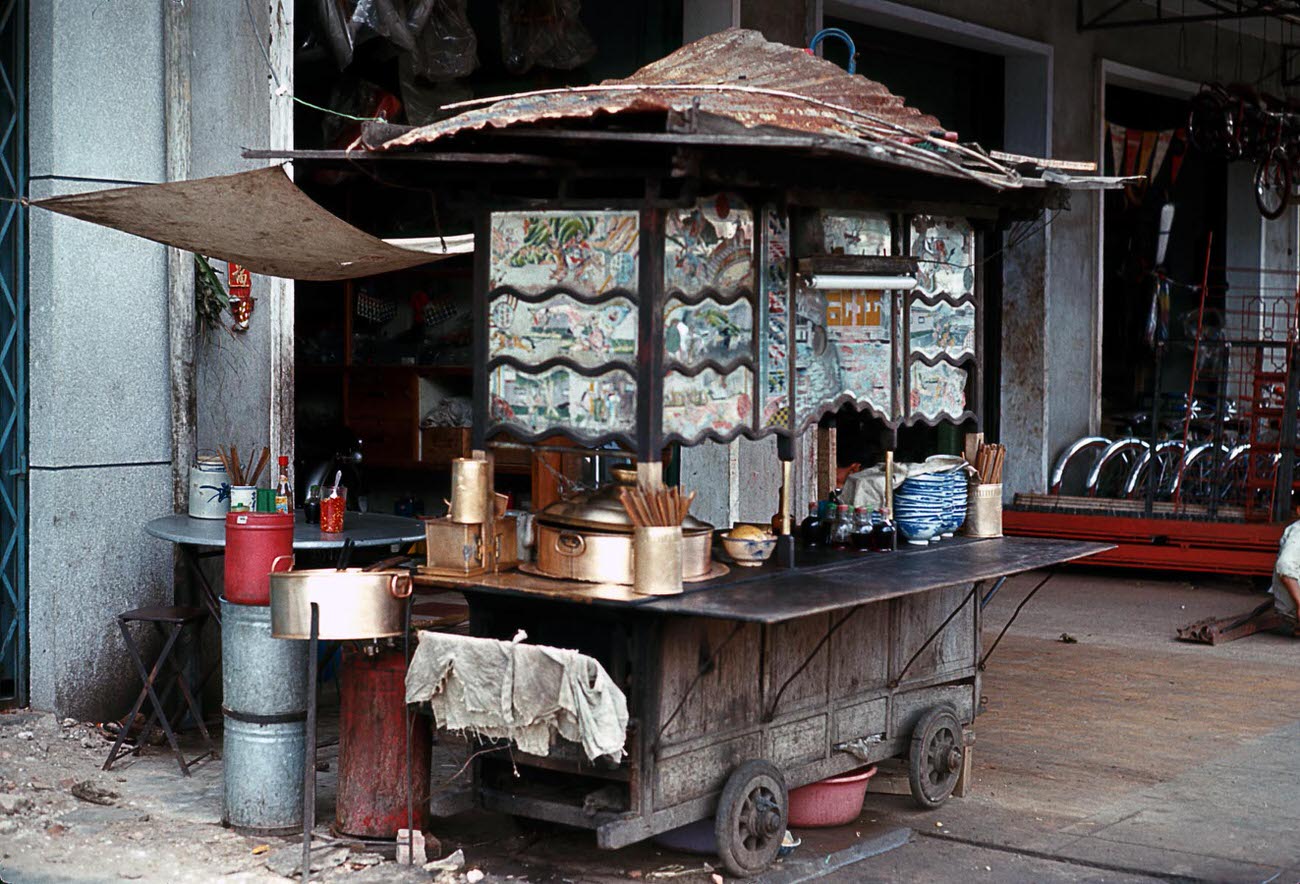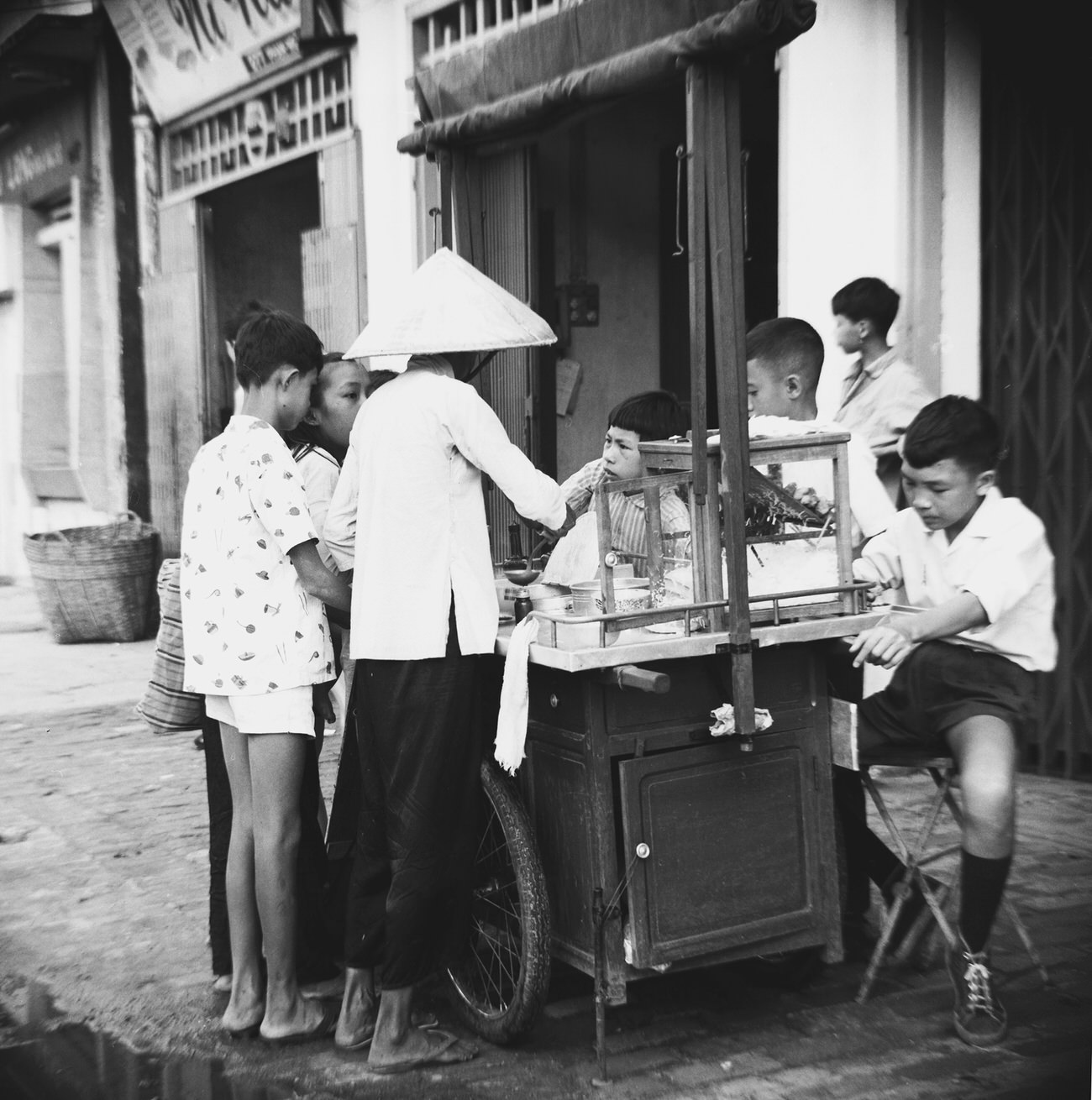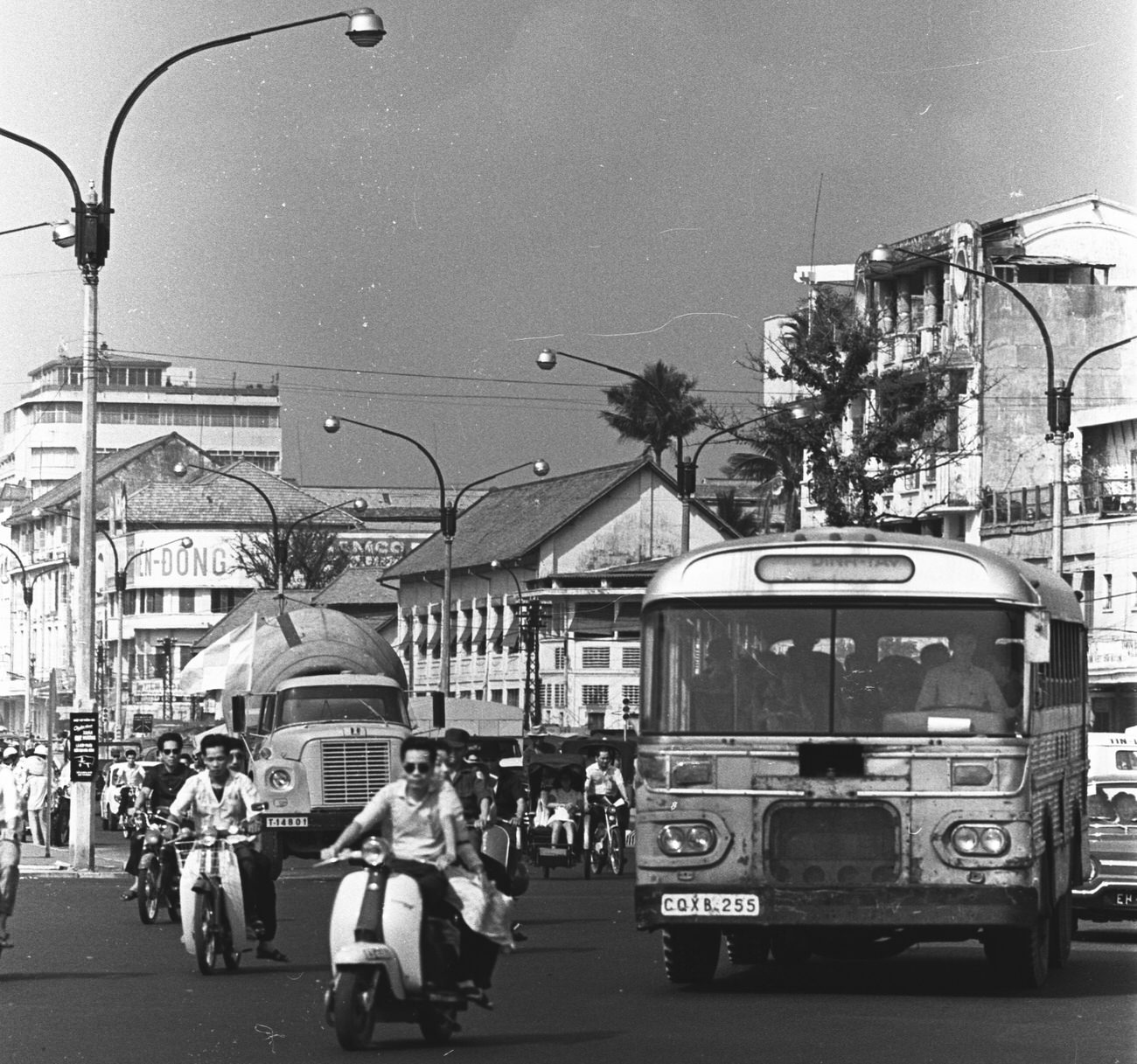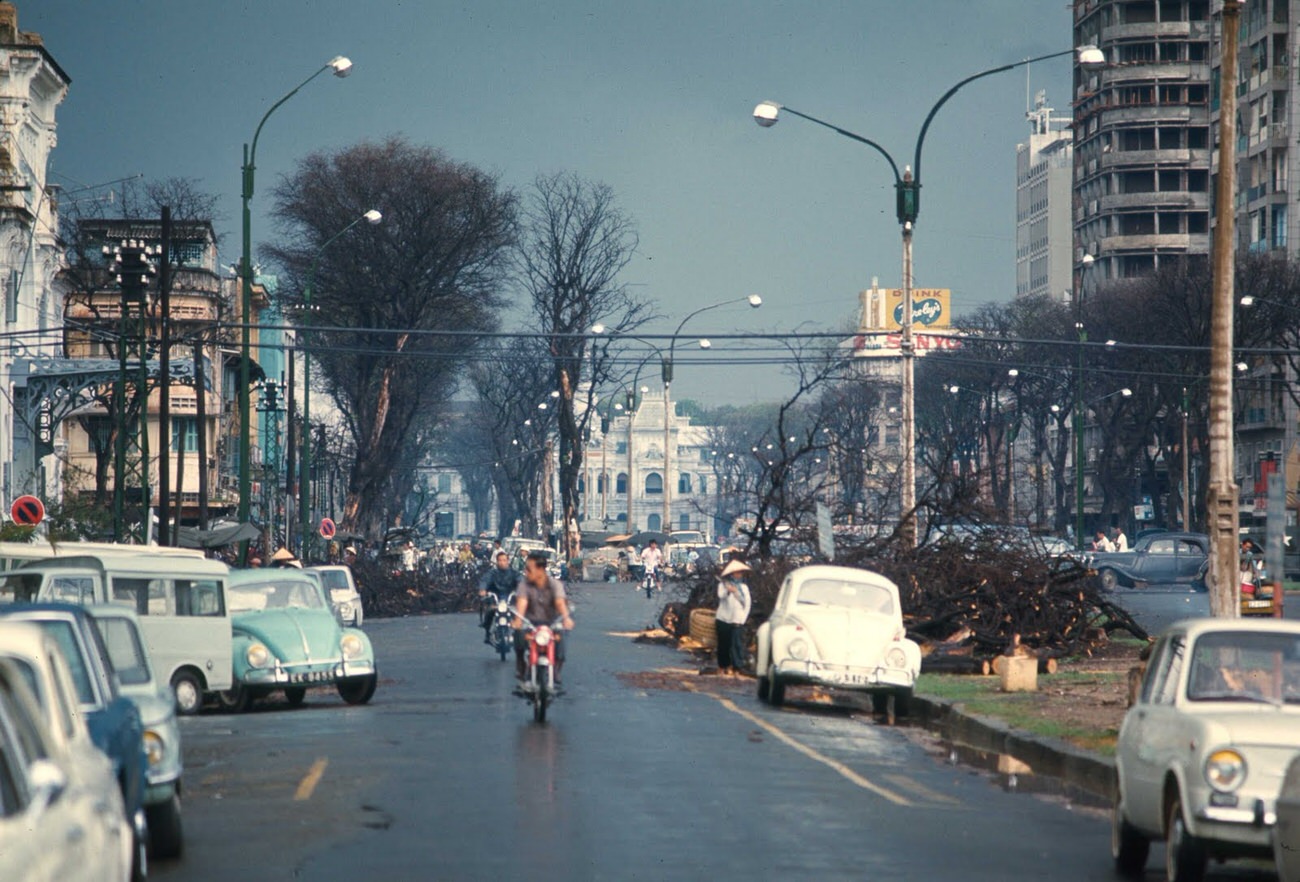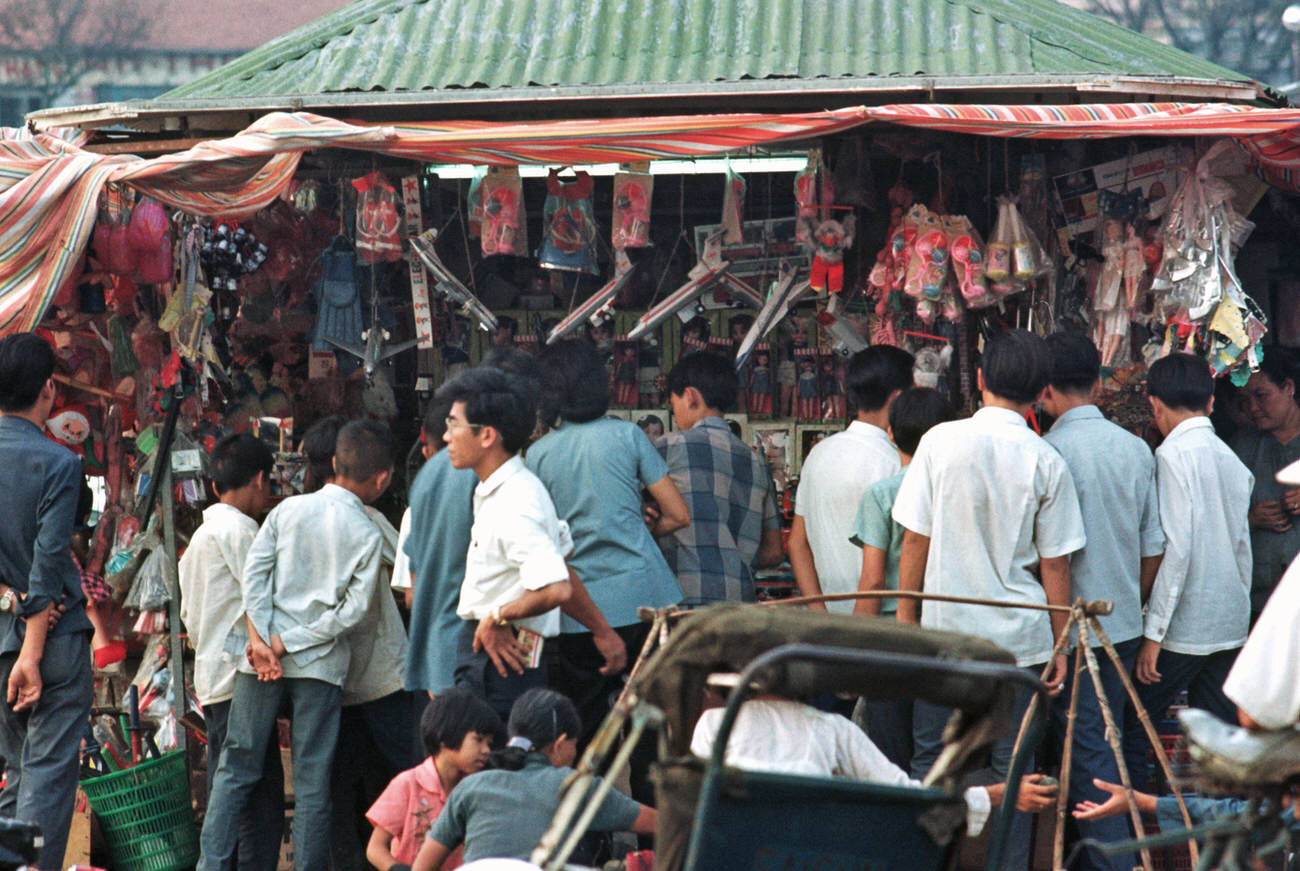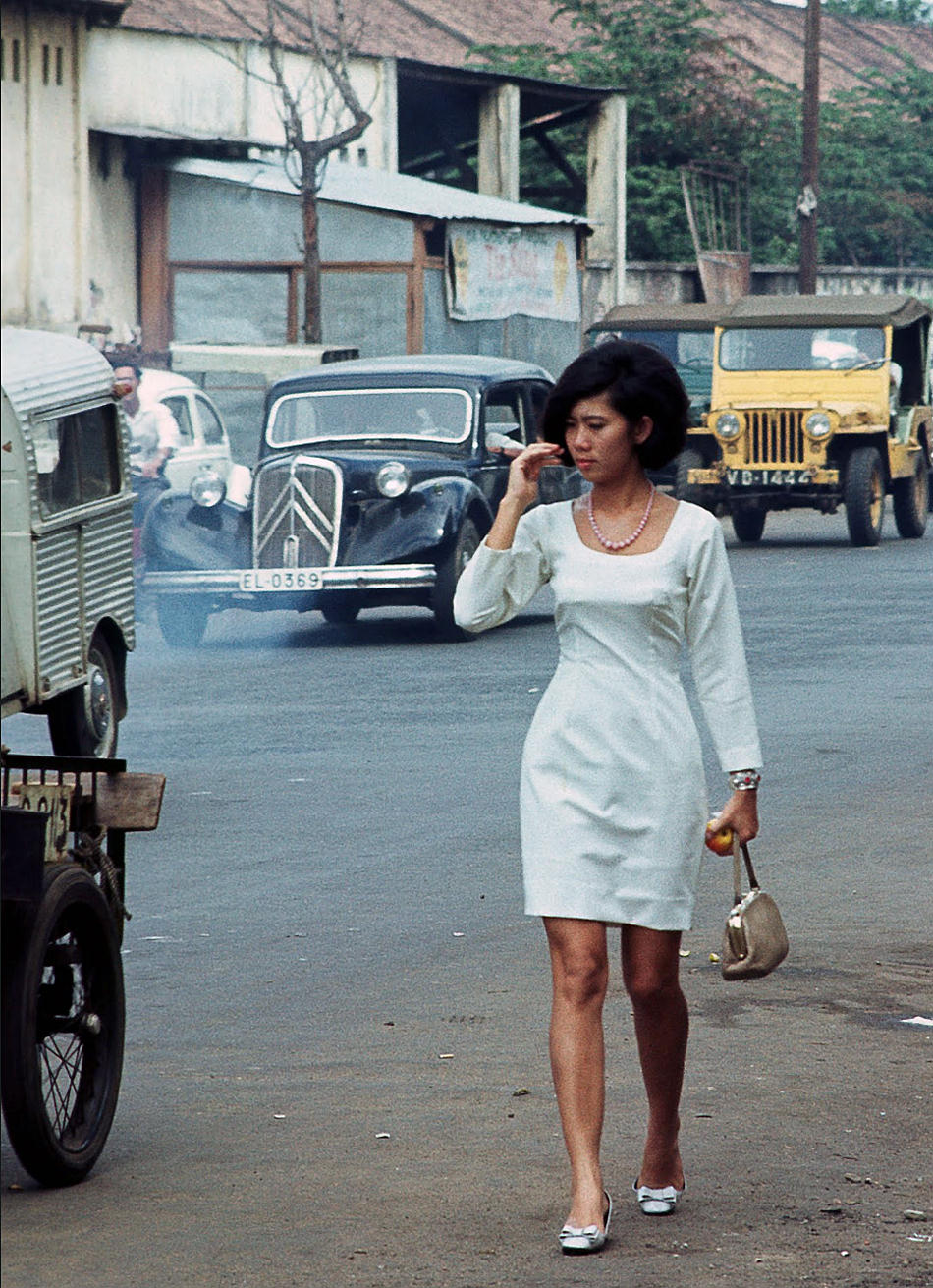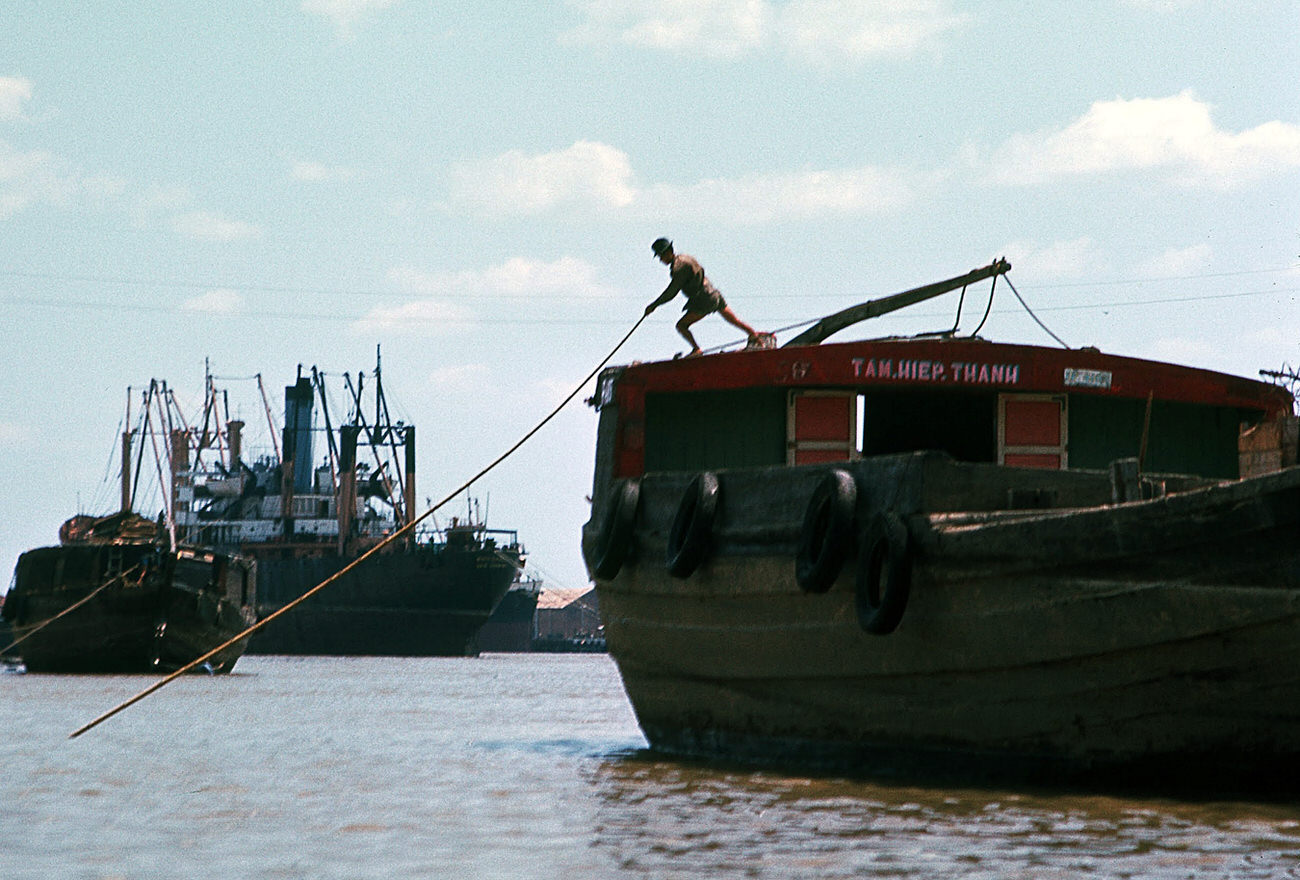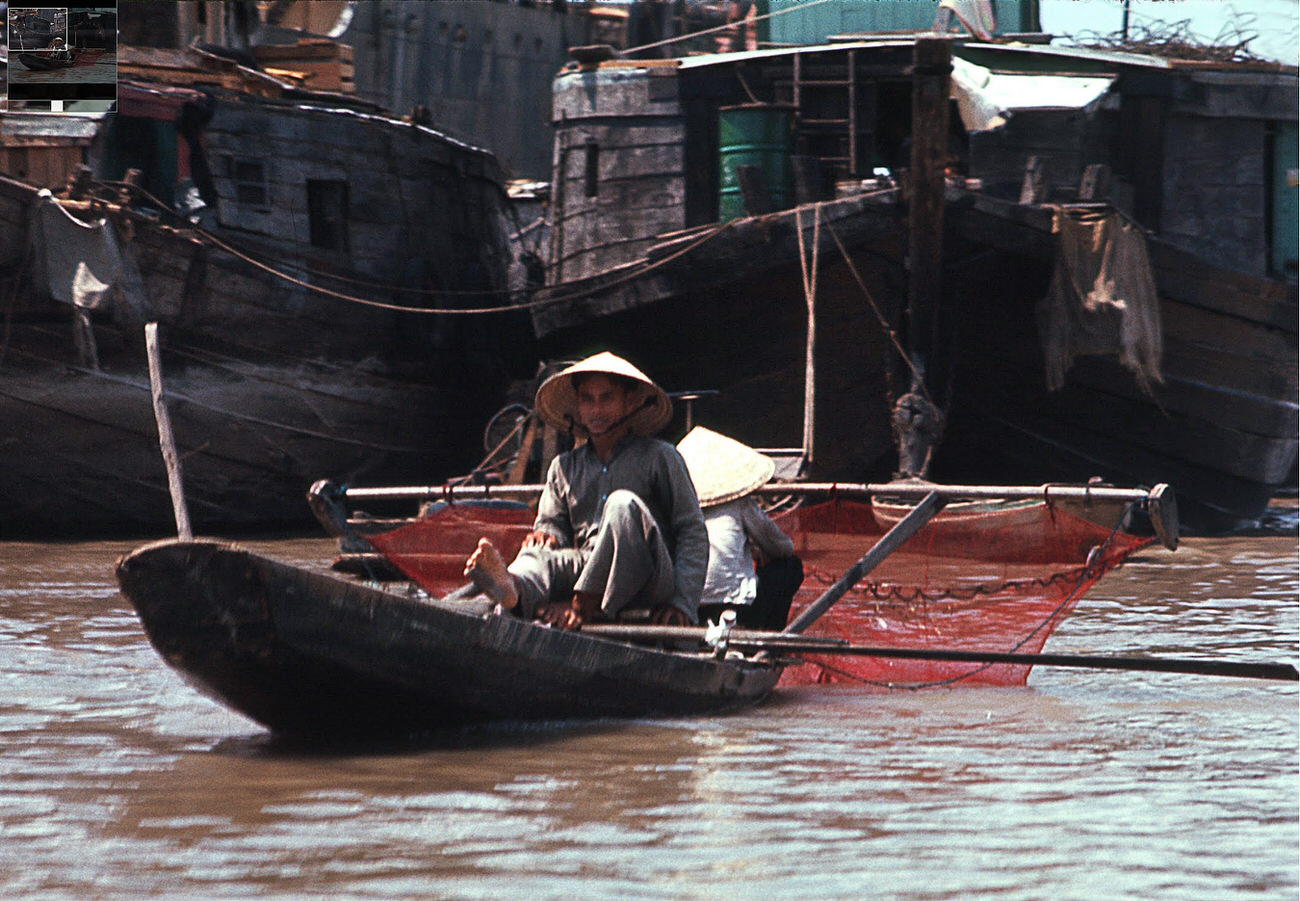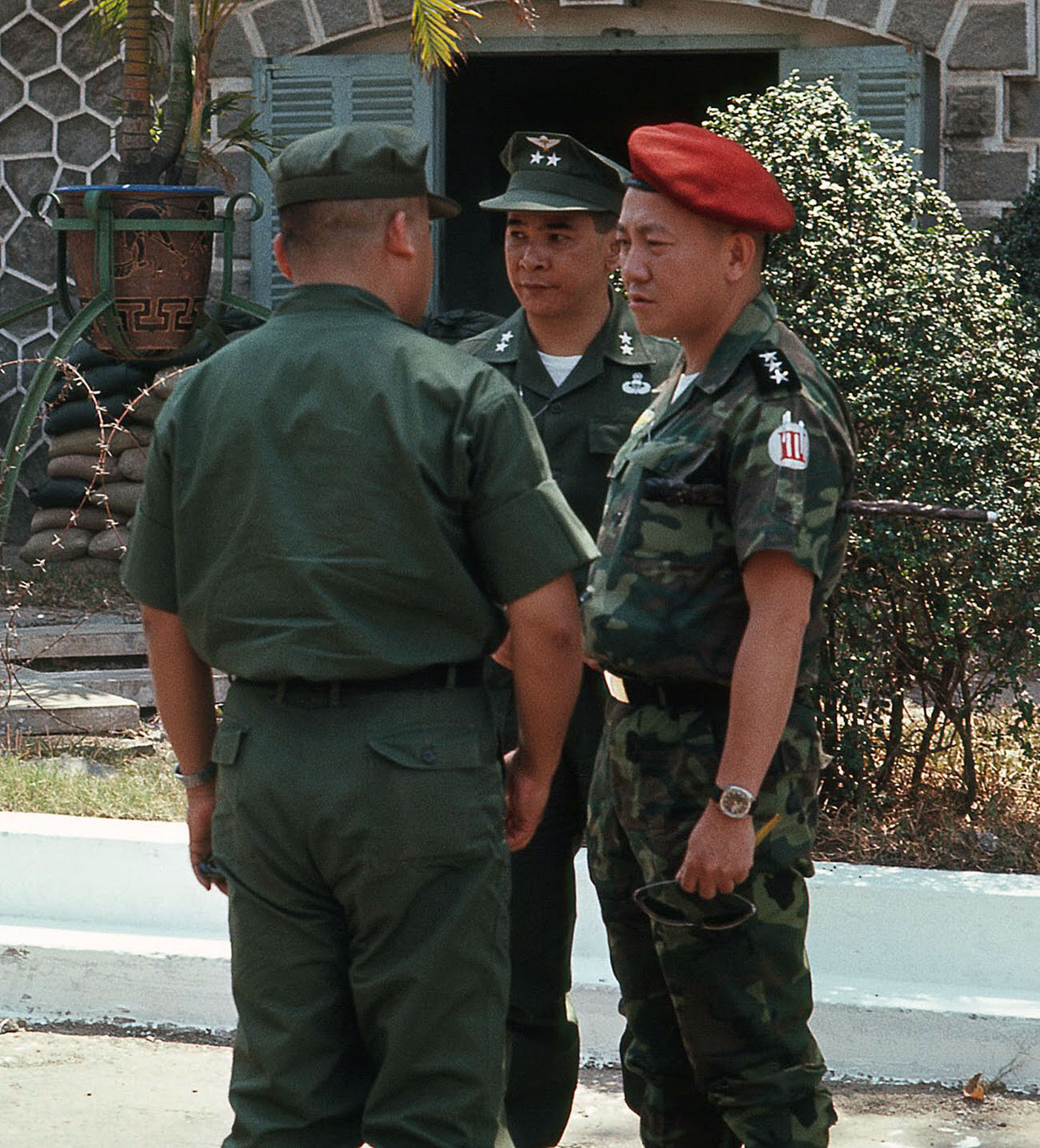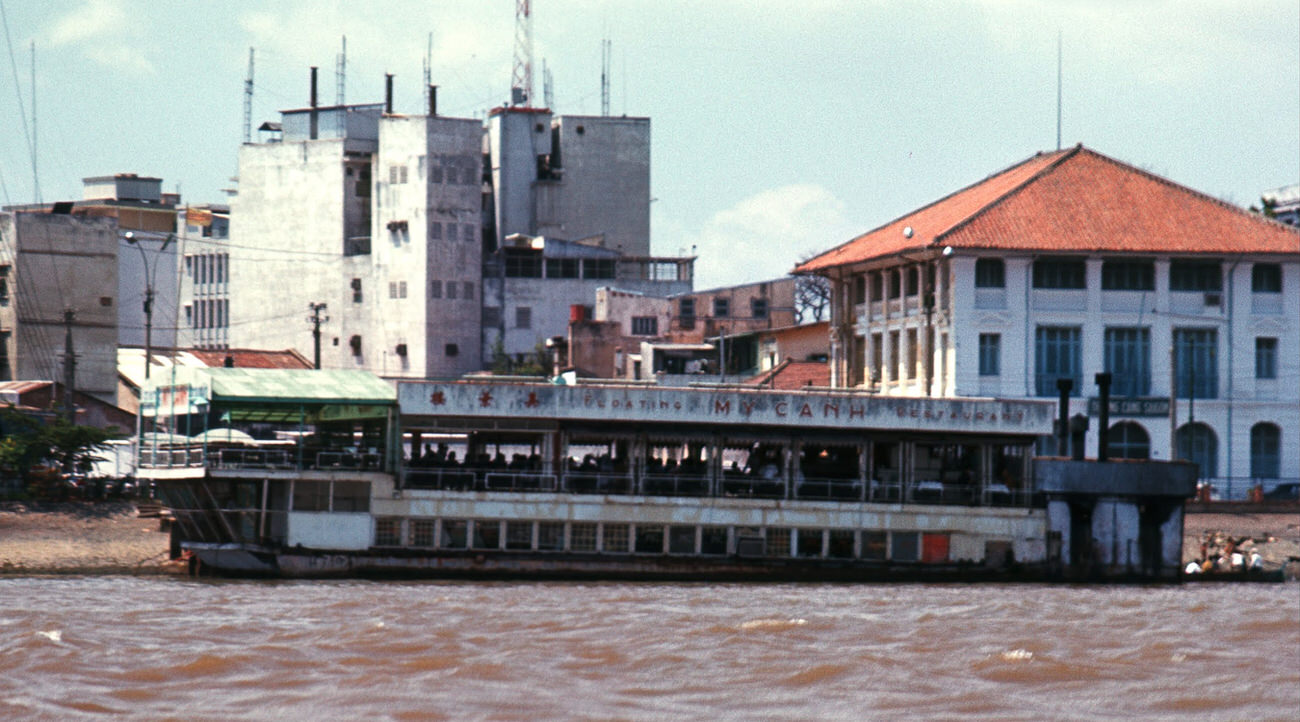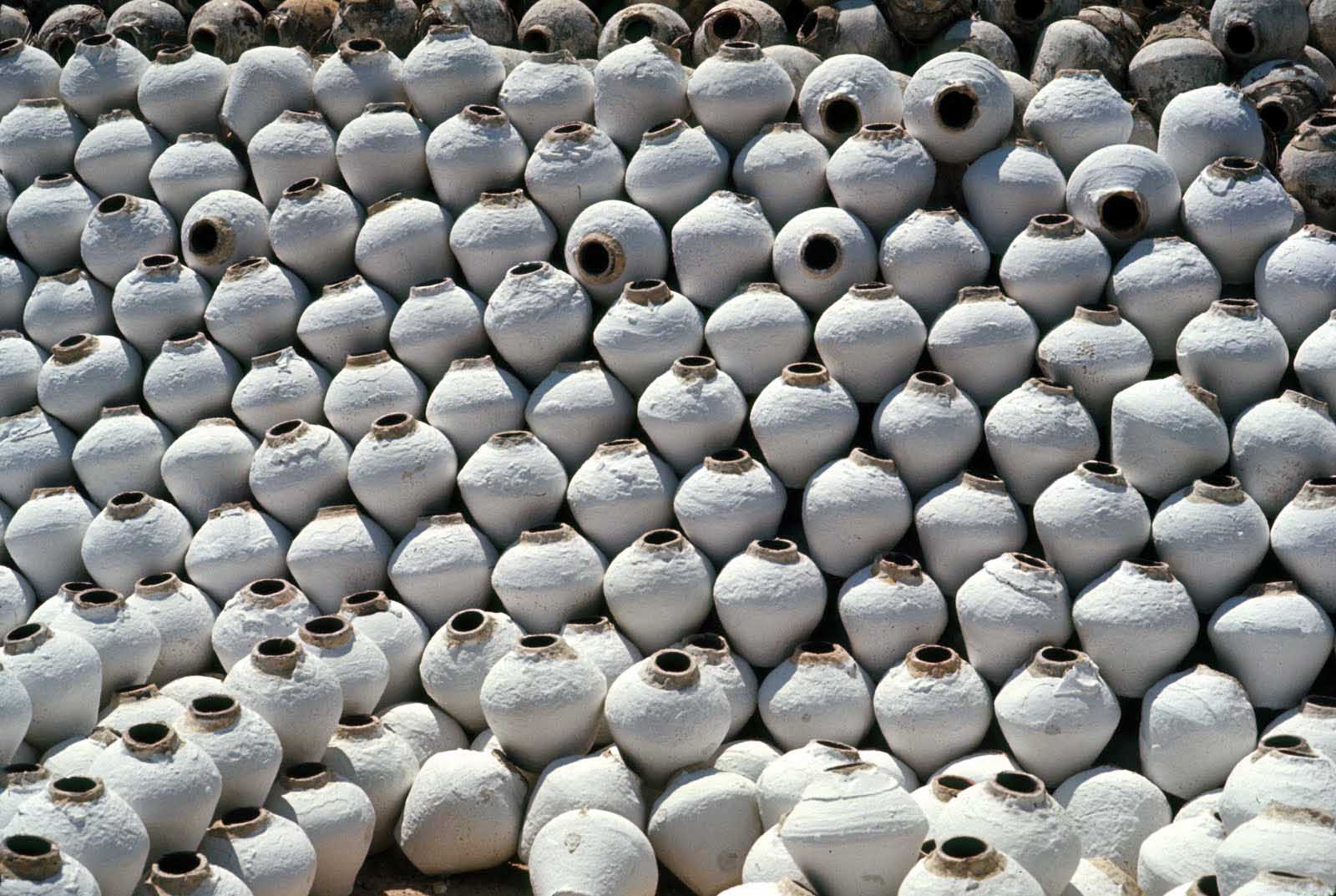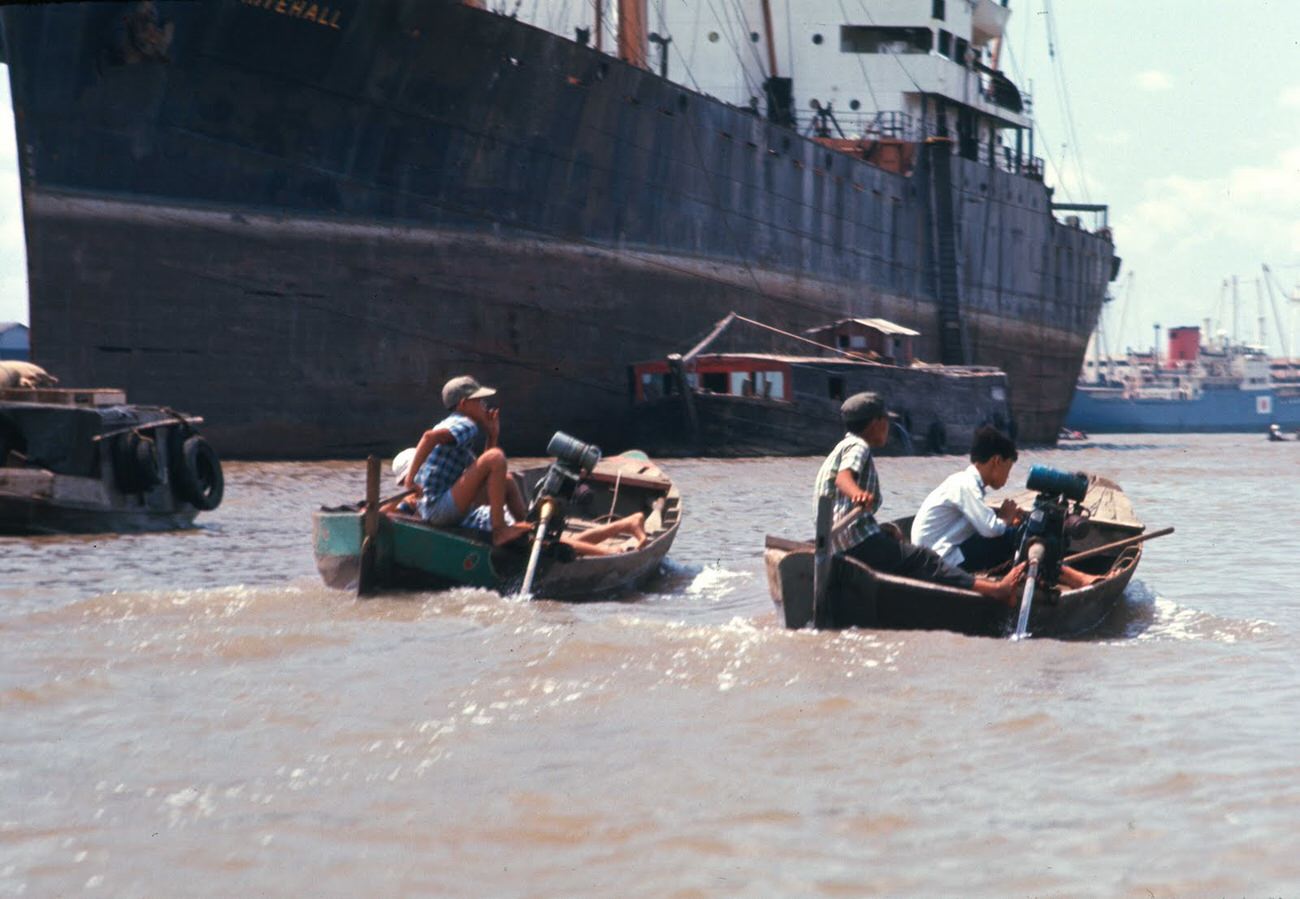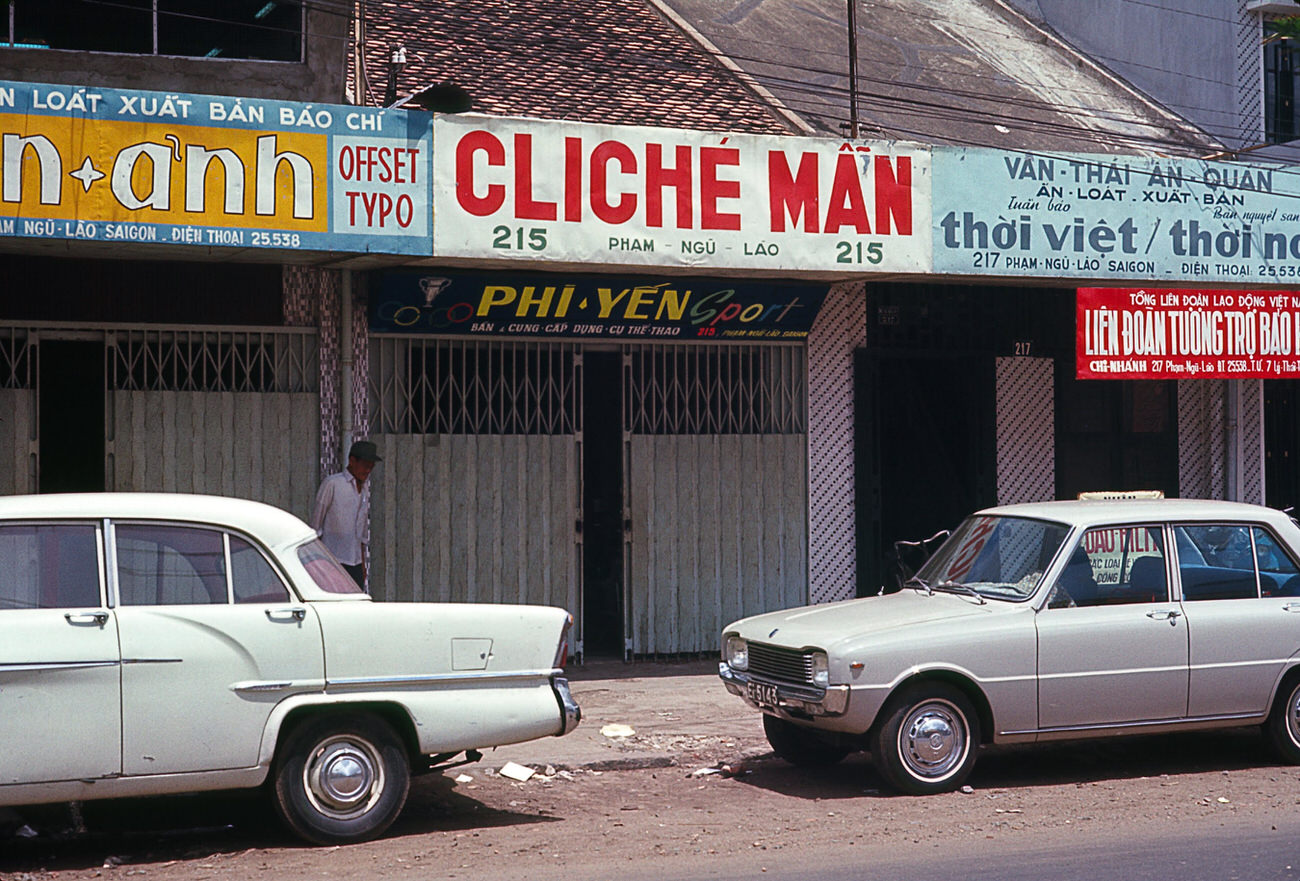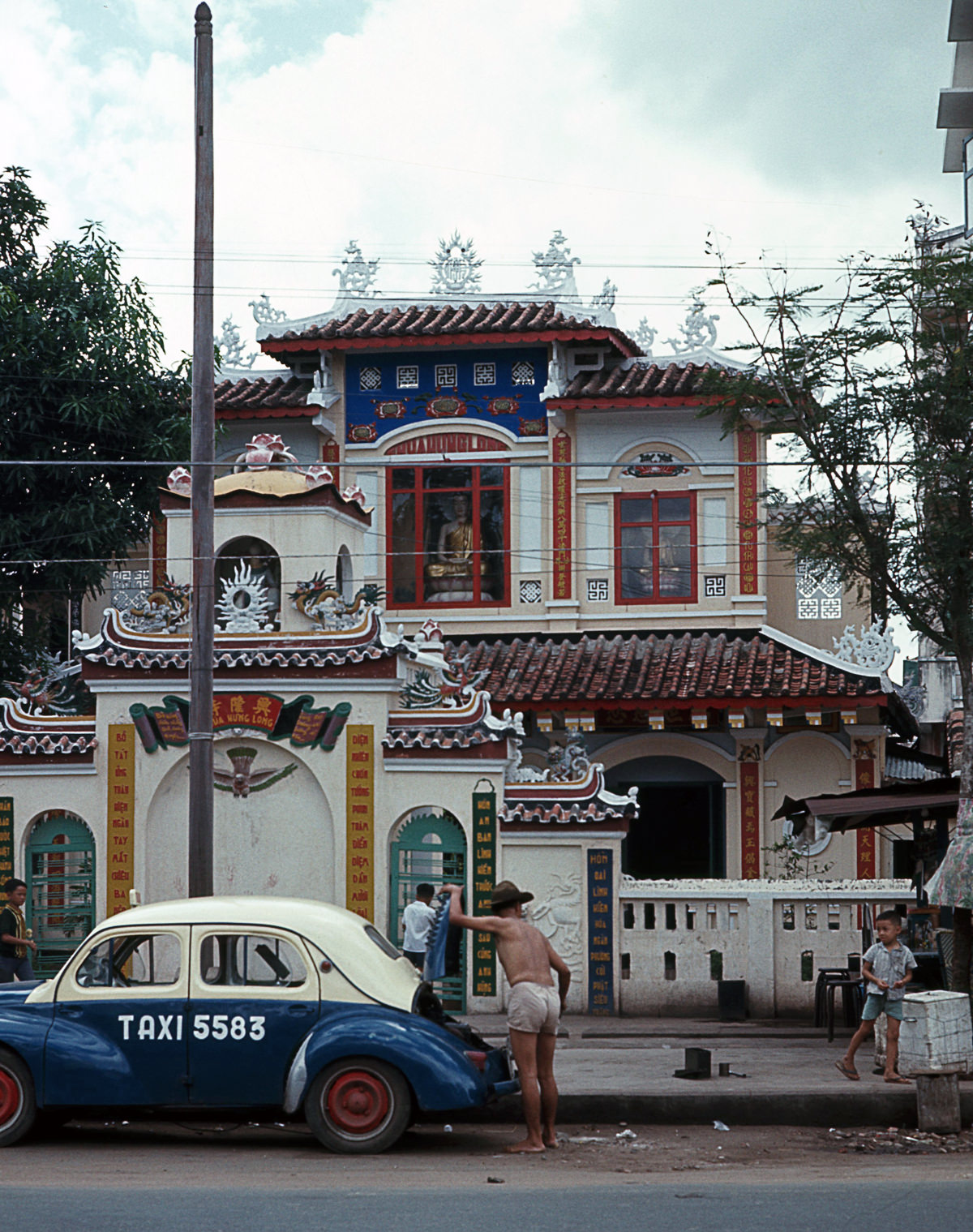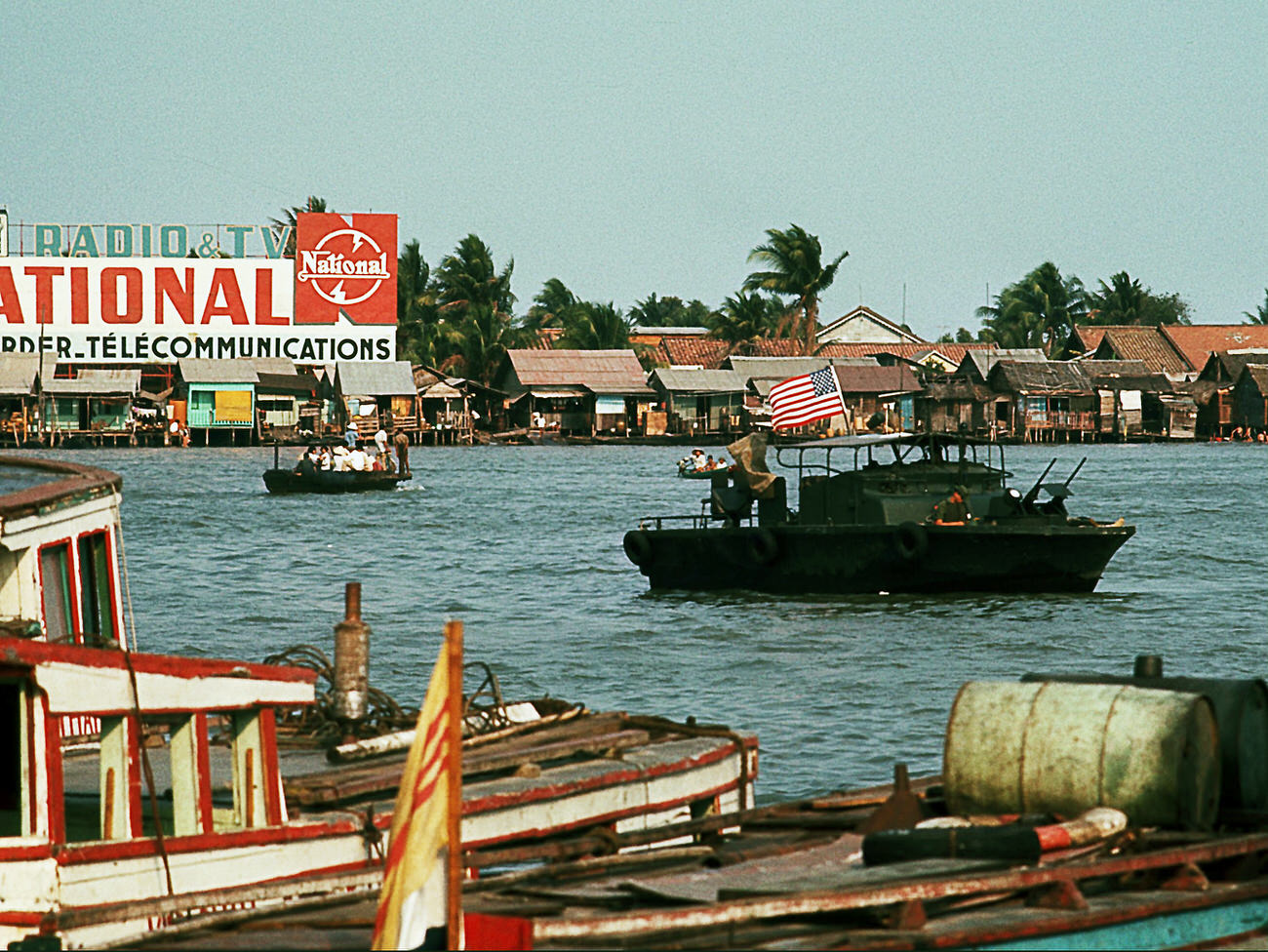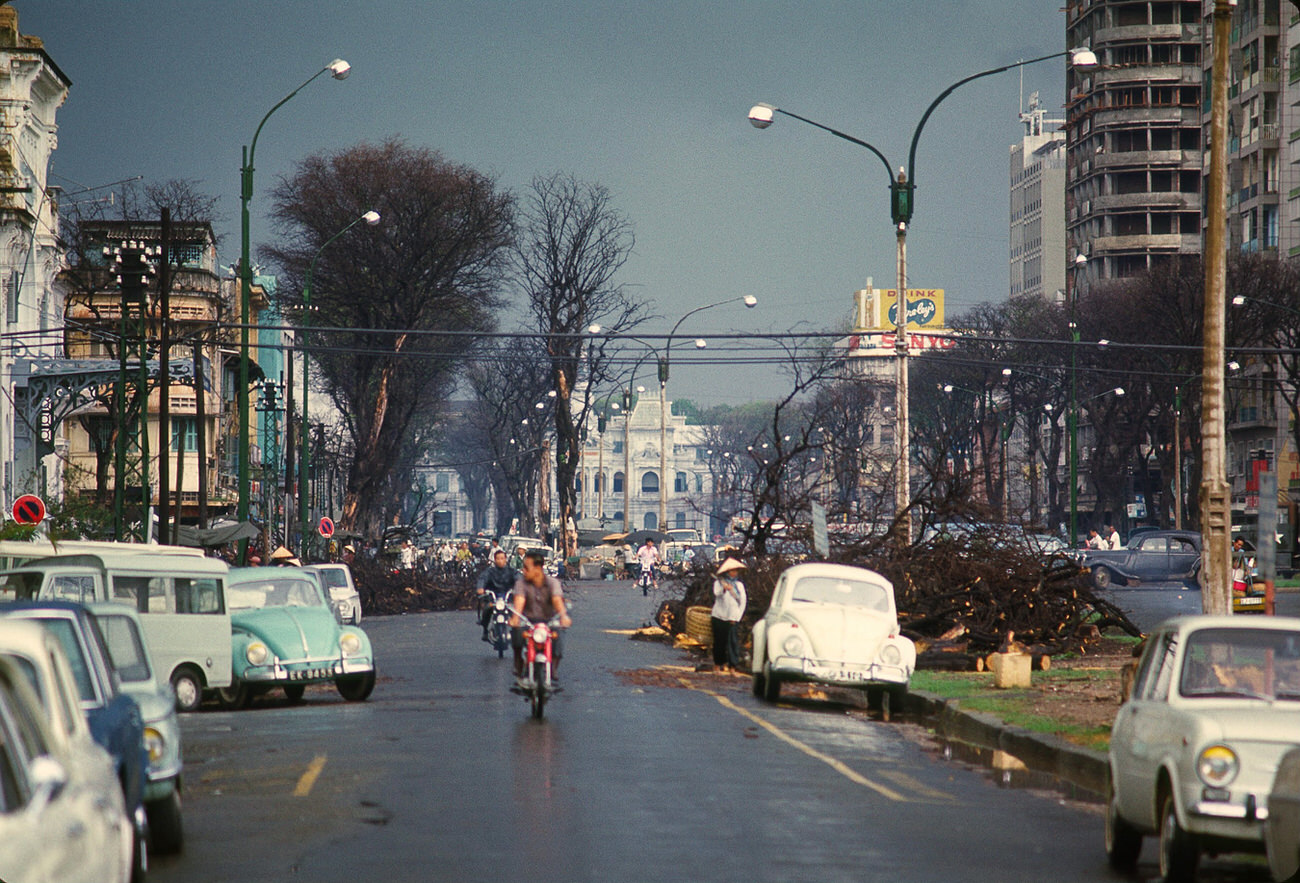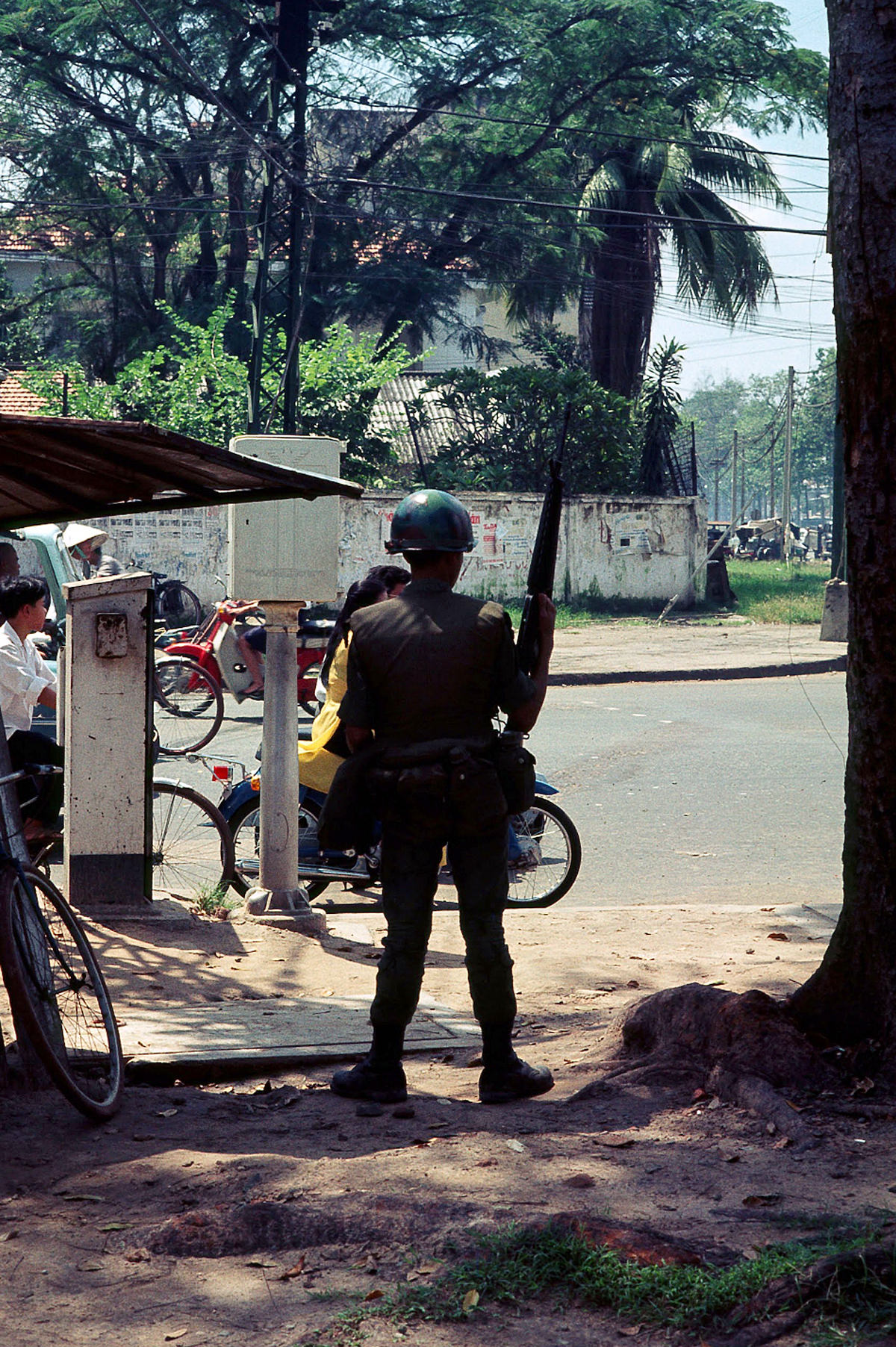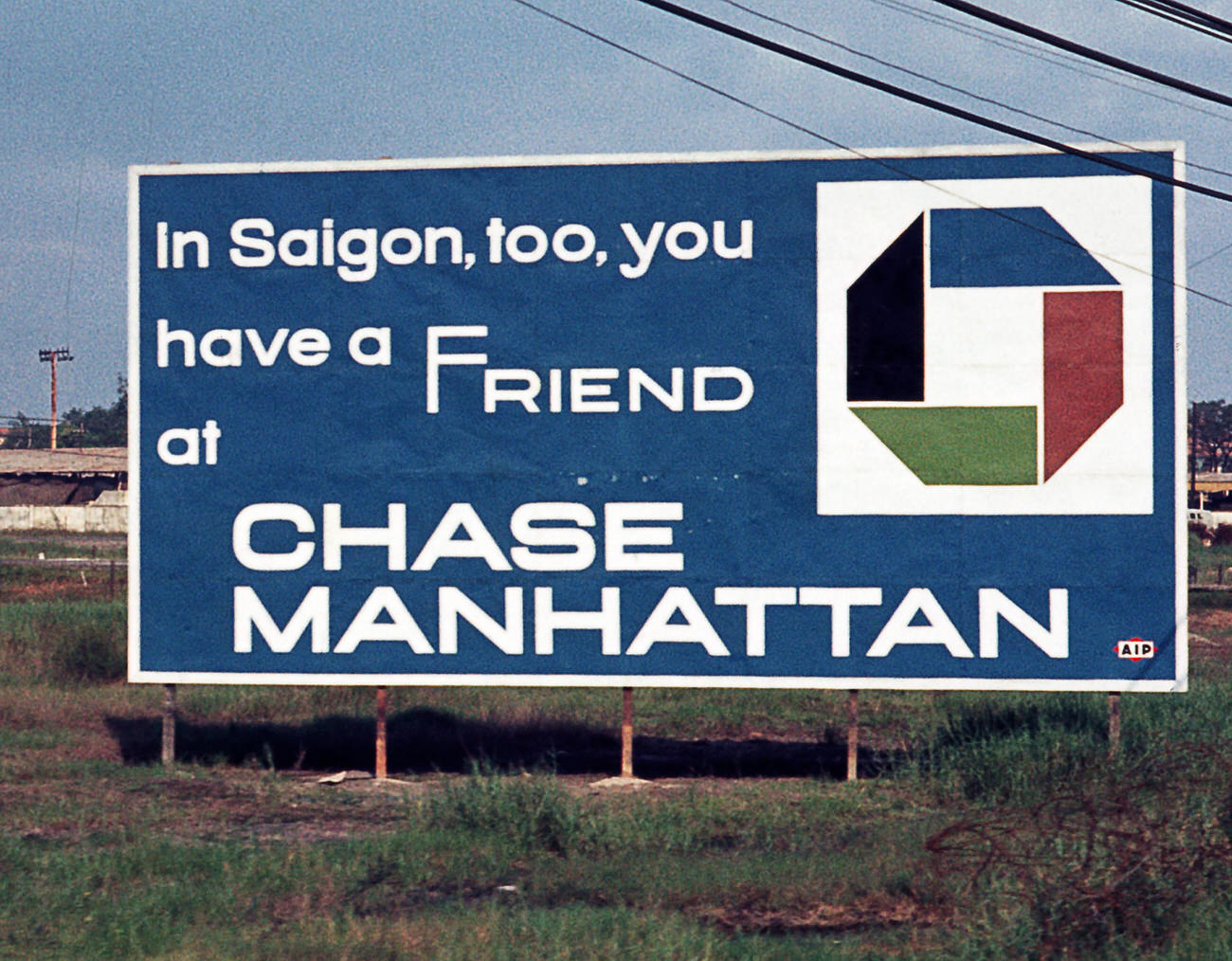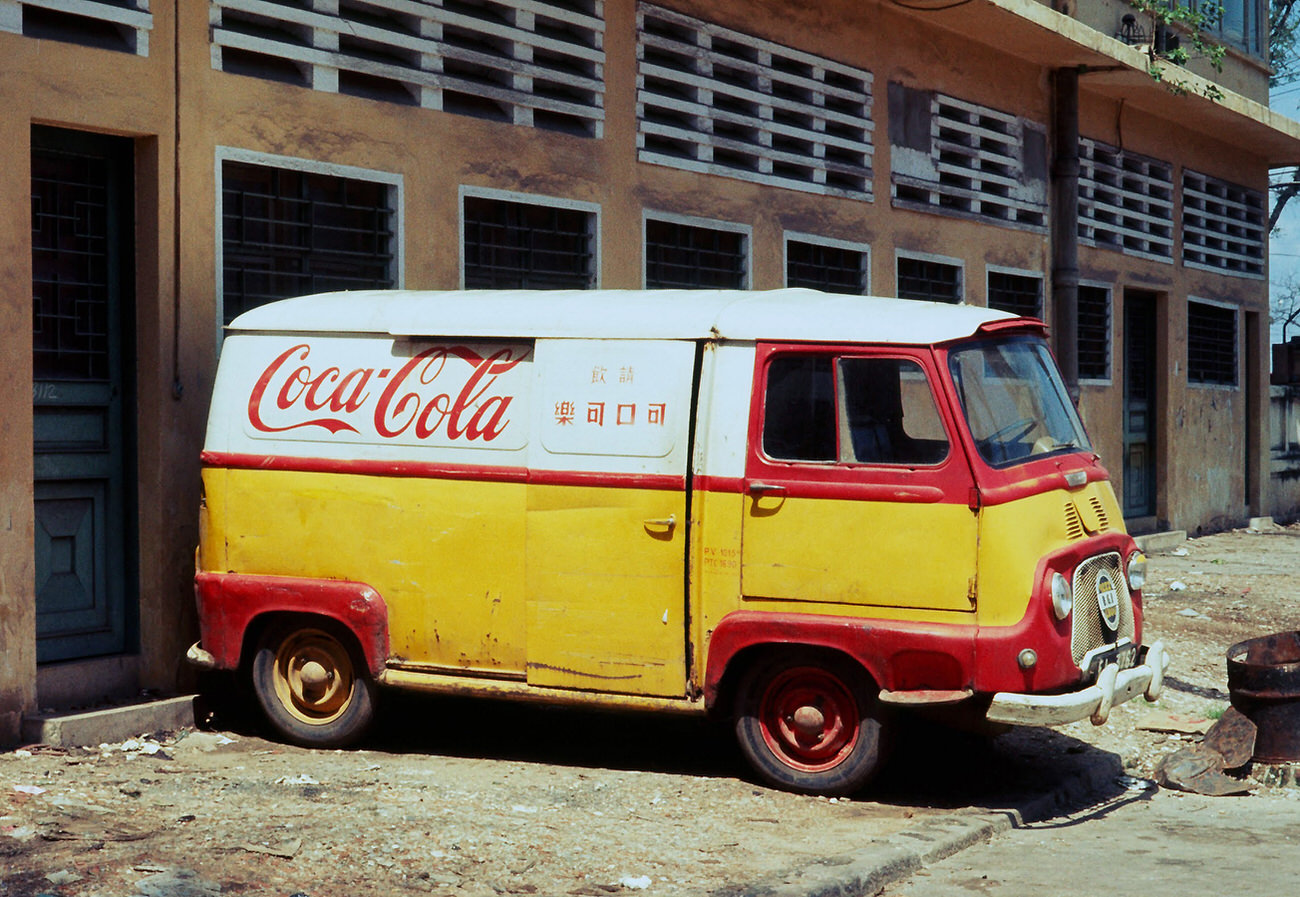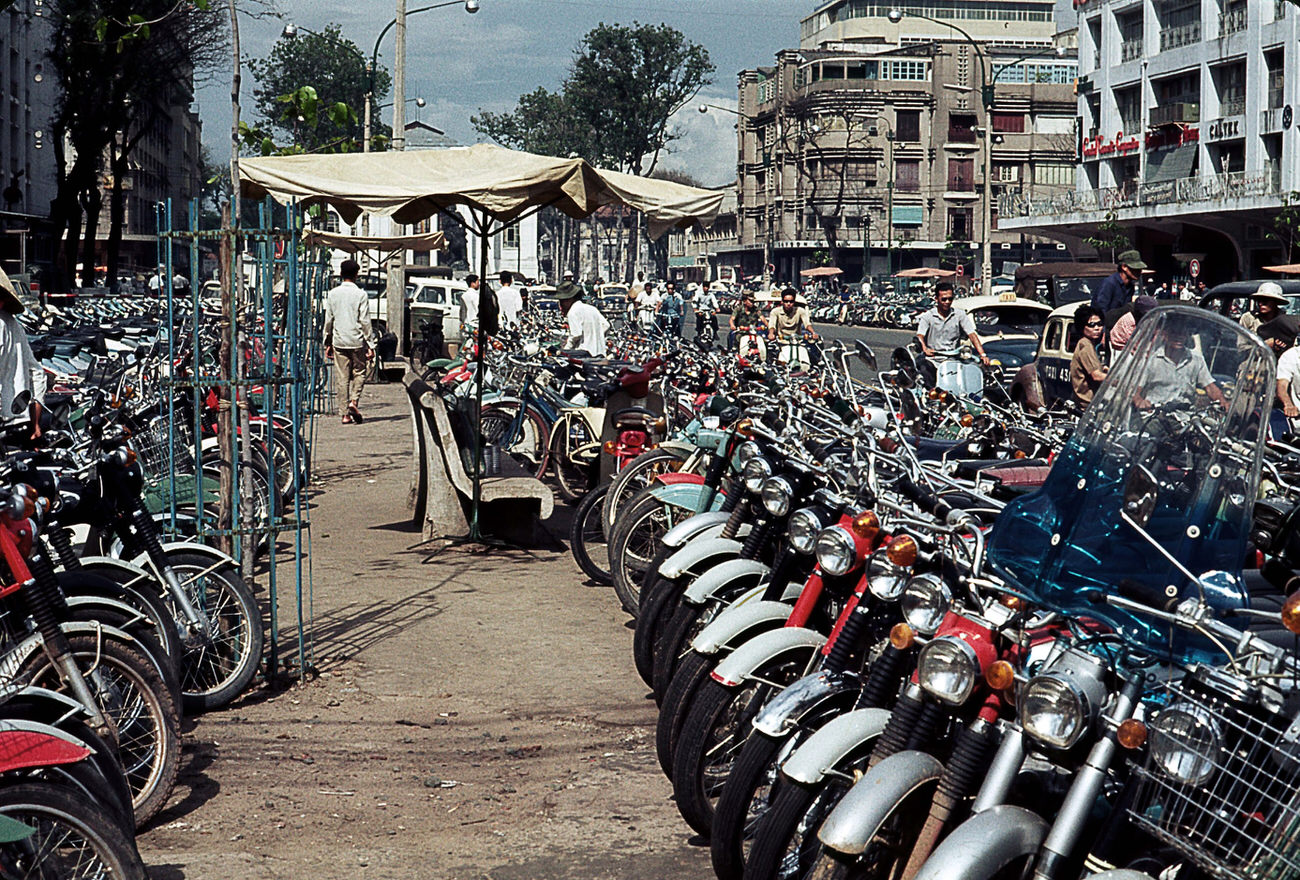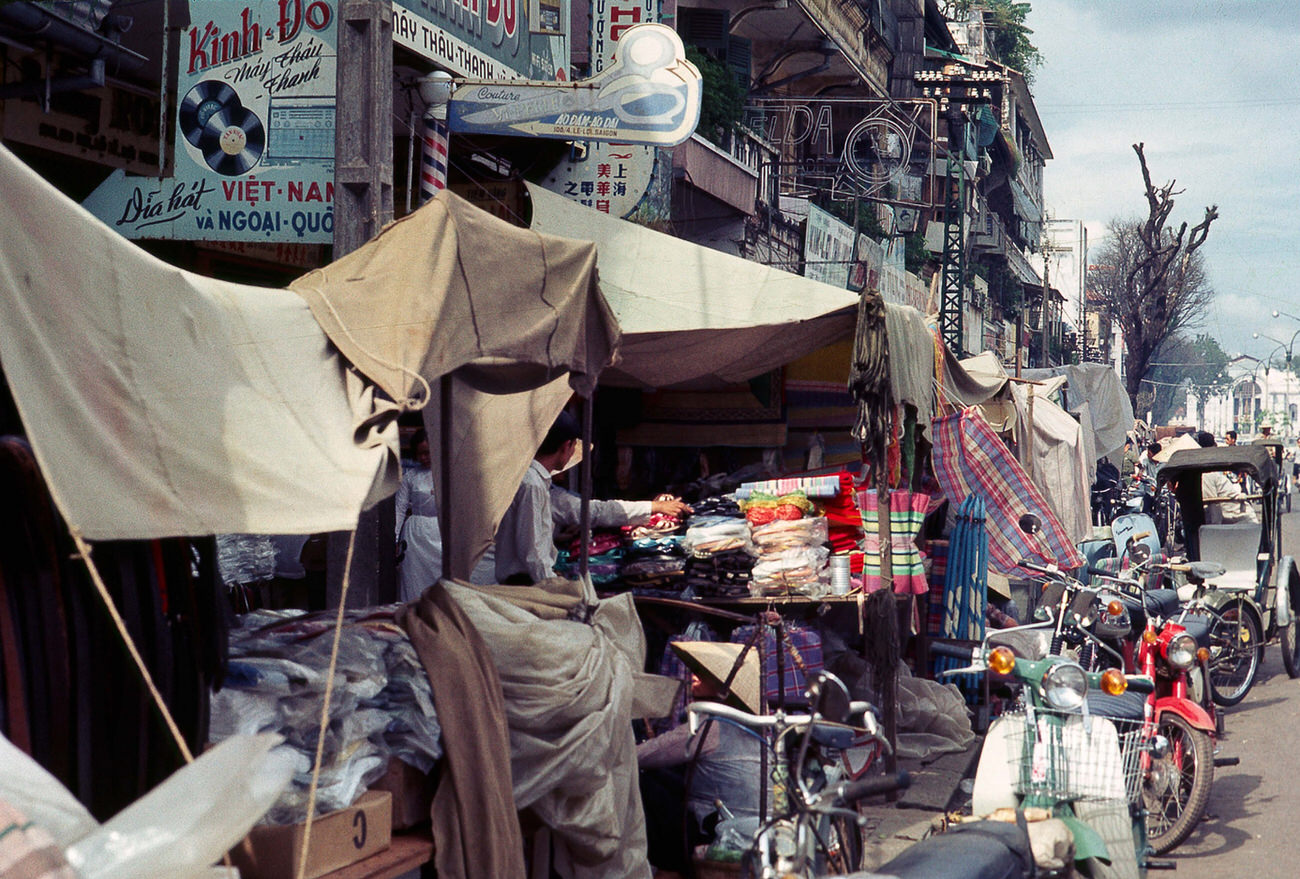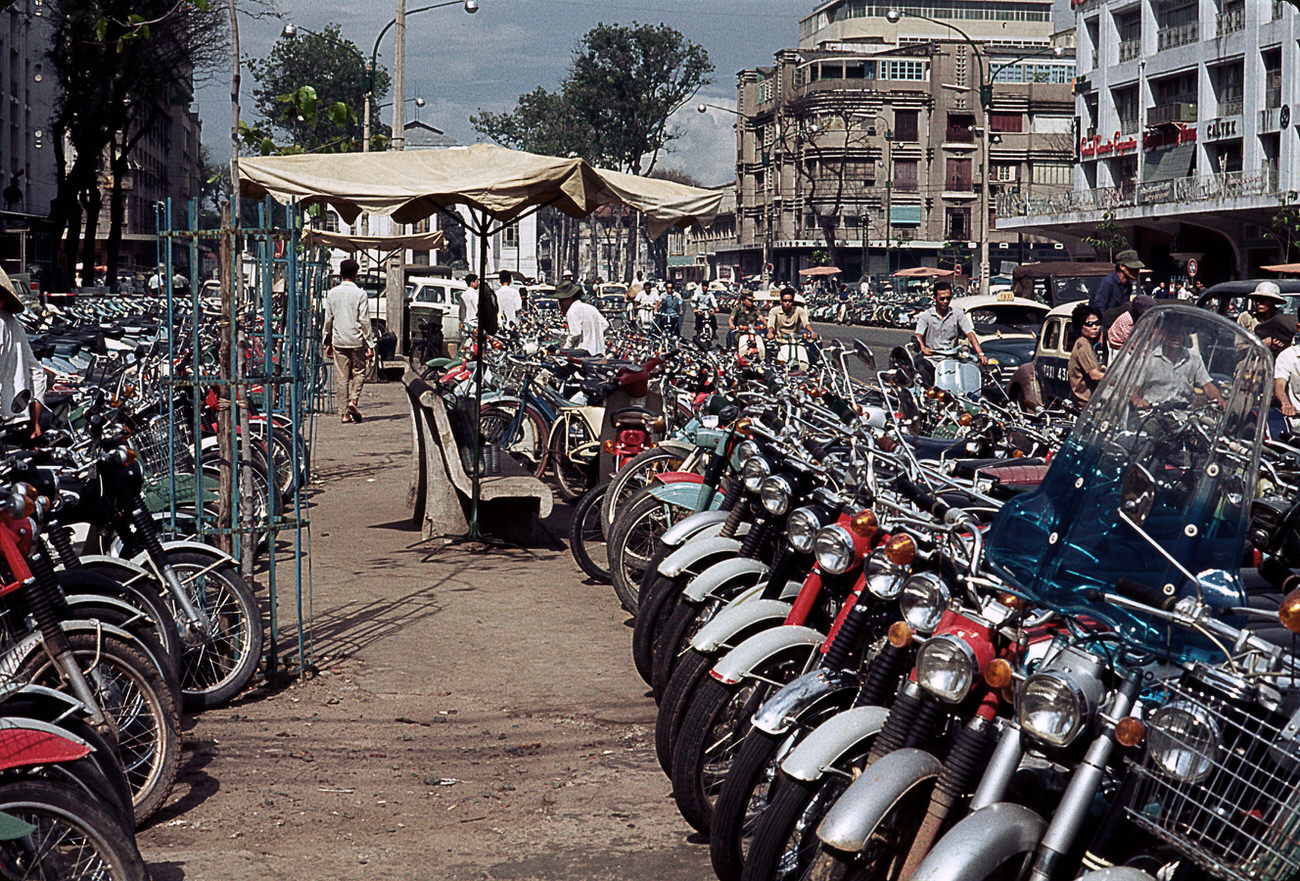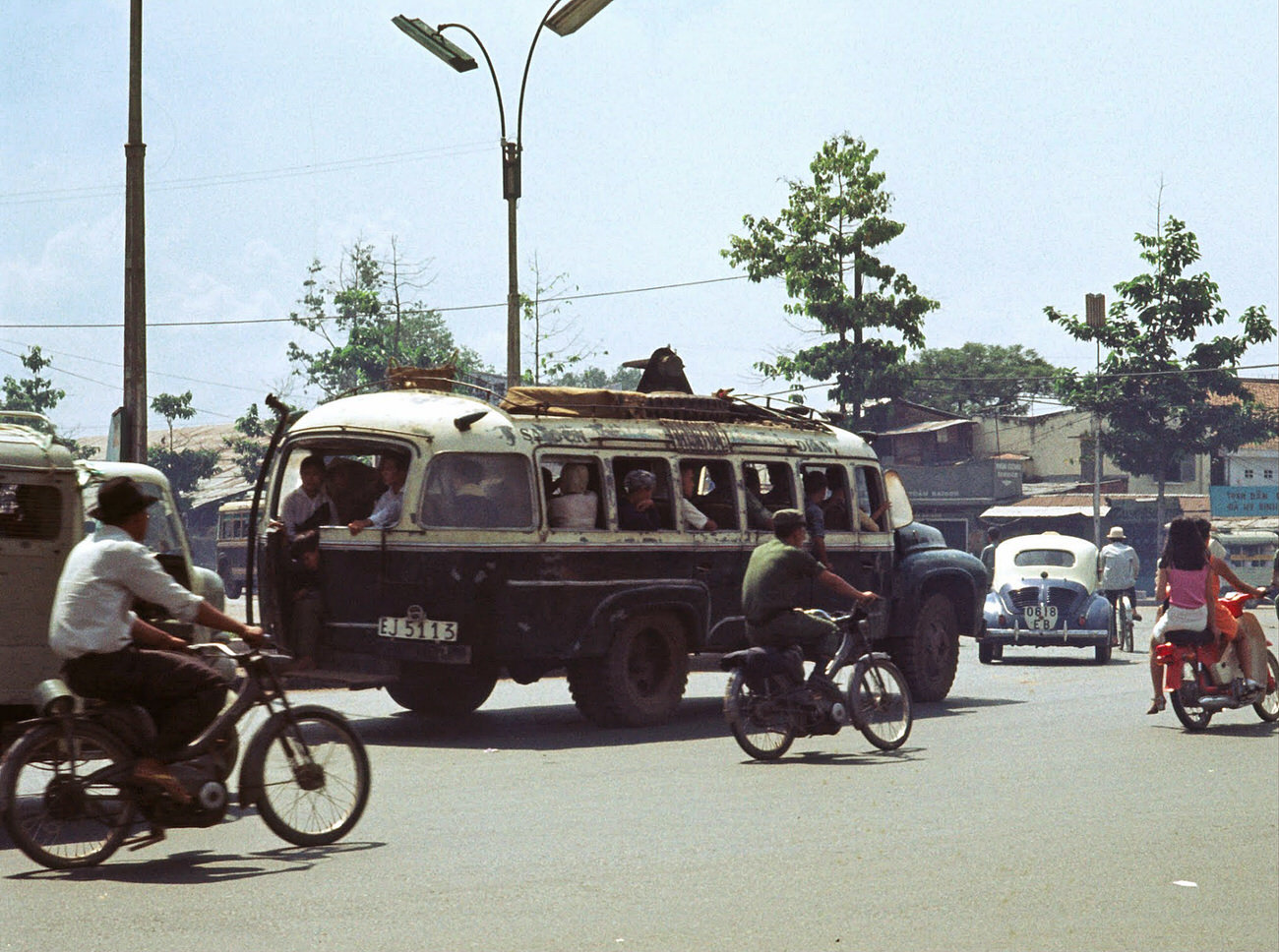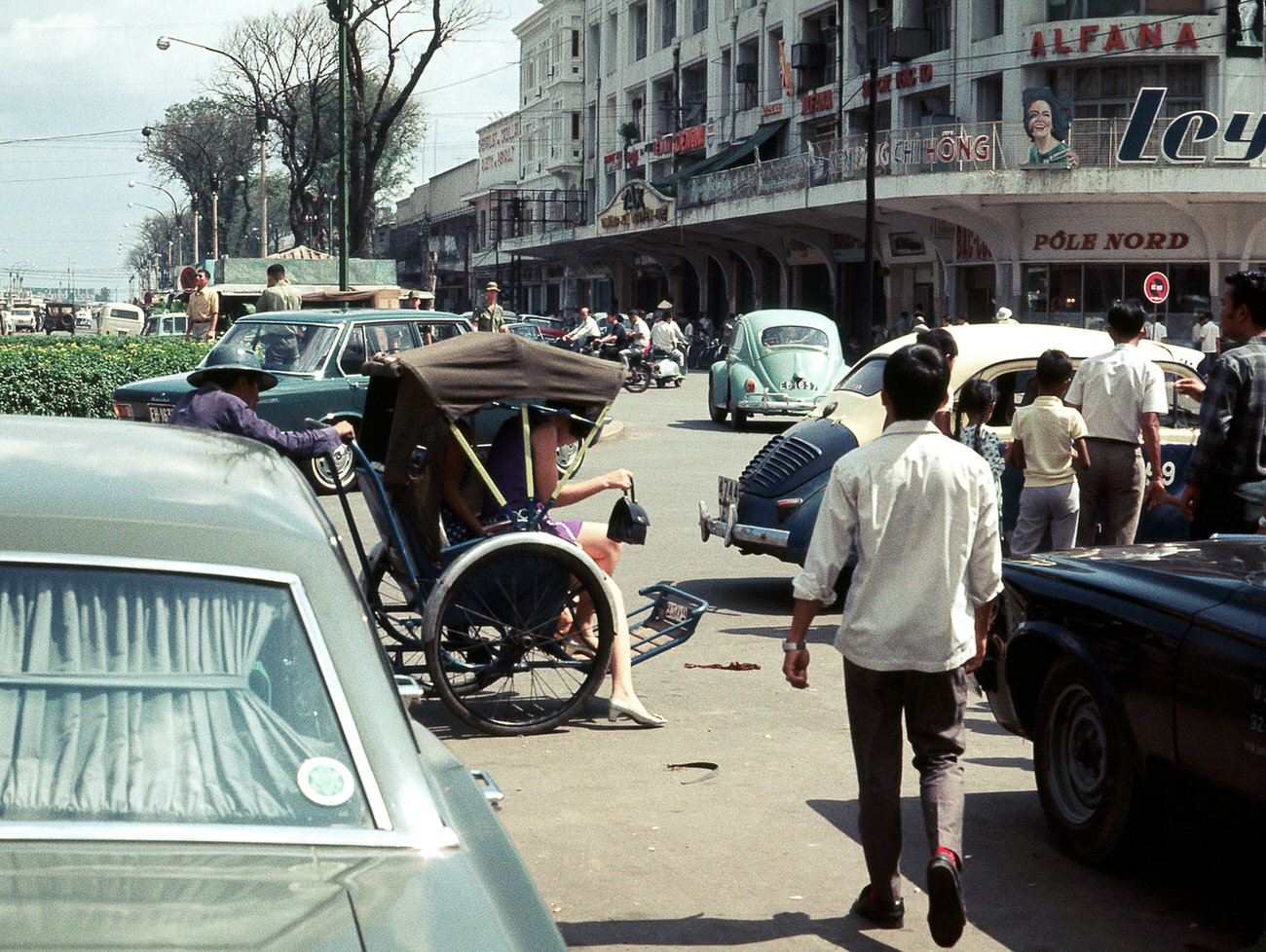In 1968, Saigon was a bustling city filled with life, color, and complexity. At that time, Vietnam was in the midst of the Vietnam War, which deeply affected the daily lives of its citizens. Brian Wickham, a photographer and journalist, captured the essence of this vibrant city through his lens. His work provides a window into the everyday experiences of the people living in Saigon during this tumultuous period.
The Streets of Saigon
Saigon’s streets were lively and chaotic. Motorbikes and bicycles crowded the roads, weaving through traffic. Vendors lined the sidewalks, selling fresh fruits, vegetables, and street food. The smell of grilled meats and spices filled the air. People often gathered around small stalls to enjoy meals or chat with friends.
The architecture of Saigon reflected a mix of cultures. French colonial buildings stood alongside traditional Vietnamese structures. The contrasts were striking. The wide boulevards were often shaded by trees, providing a pleasant escape from the heat. In the background, you could see the tall buildings that were beginning to rise in the city’s skyline..
Read More
Daily Life for Families
For many families in Saigon, daily life revolved around work and community. Parents often worked long hours to provide for their families. Many men worked in trades, while women often ran small businesses or took care of the household. Children played in the streets and nearby parks, making the most of their free time.
Education was important, and families made sacrifices to send their children to school. Schools were often crowded, but students were eager to learn. They studied subjects like math, science, and history, despite the challenges posed by the war. After school, children would help their parents with chores or run errands.
The Impact of the Vietnam War
The Vietnam War cast a shadow over everyday life in Saigon. Despite the vibrant atmosphere, there was a constant sense of tension. Soldiers were a common sight on the streets. The presence of both American and South Vietnamese troops was part of the daily landscape.
Many families lived in fear, worried about their loved ones who were serving in the military. Air raids and bombings were a real threat. Sirens would occasionally blare, alerting residents to seek shelter. People learned to adapt to the uncertainty. They found ways to carry on with their lives amidst the chaos.





